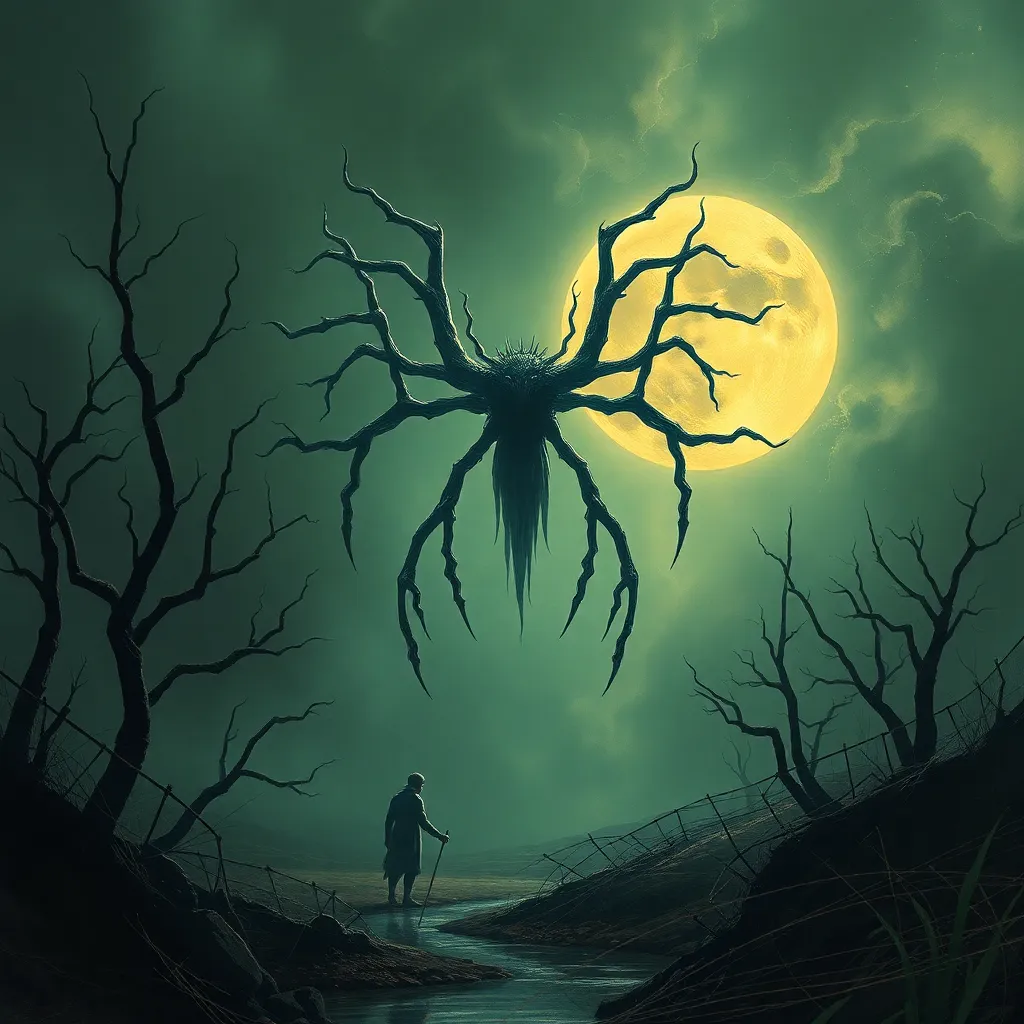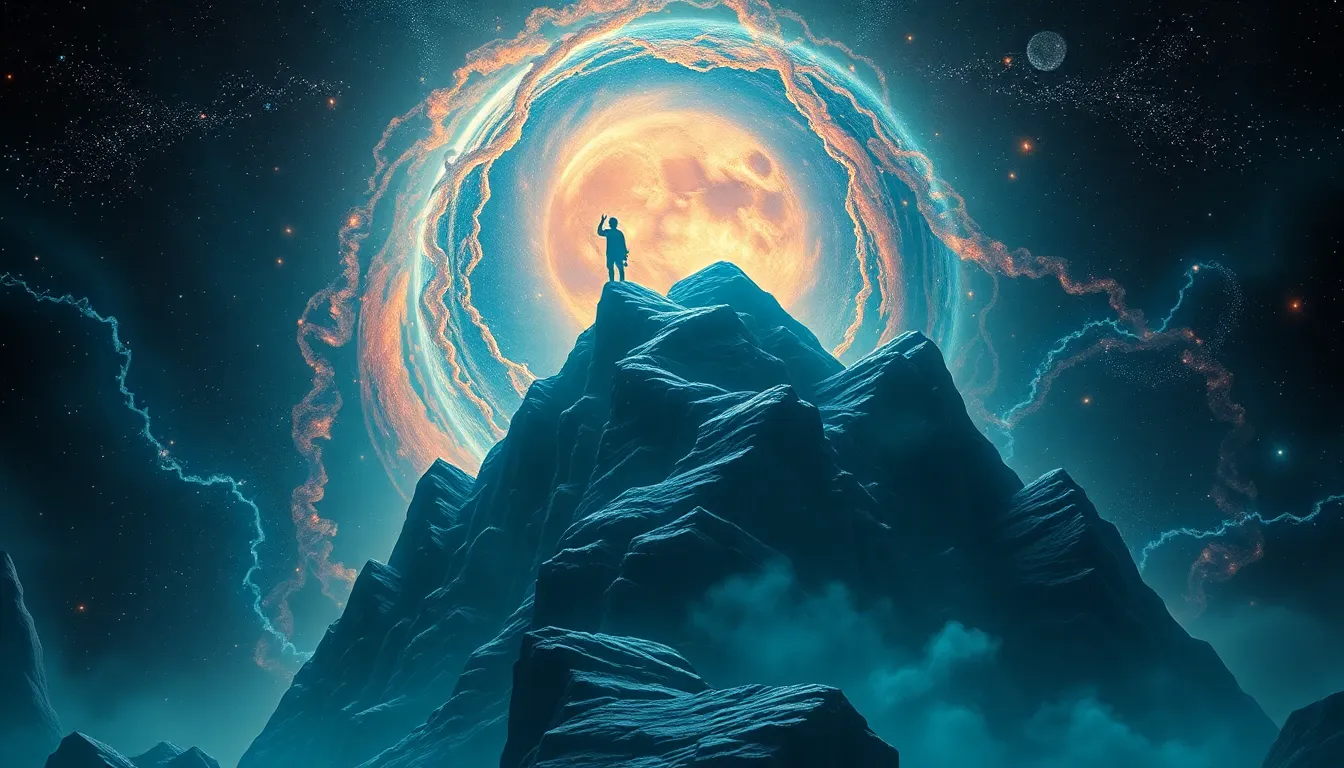Strigoi: Myths and Realities – A Critical Examination of the Folklore
I. Introduction
The term Strigoi refers to a type of creature found in Romanian folklore, often associated with the undead. Strigoi are believed to be the reanimated spirits of the dead who return to haunt the living, often seeking revenge or fulfilling unfinished business.
Historically, the Strigoi have deep roots in Romanian culture, with their legends intertwined with the fears and superstitions of the local population. The myths surrounding these creatures have evolved over centuries, influenced by regional beliefs and historical events.
The purpose of this article is to analyze the myths and realities surrounding the Strigoi, examining their origins, characteristics, cultural significance, and the role they play in contemporary society.
II. Origins of the Strigoi Myth
A. Etymology and early references in historical texts
The word Strigoi is derived from the Latin word strix, which means “owl” or “screech owl,” a bird often associated with death and the supernatural. Early references to Strigoi can be found in Romanian texts and oral traditions that date back to the Middle Ages.
B. Cultural influences and regional variations
The Strigoi myth is not confined to Romania; similar beliefs can be found across Eastern Europe, including in Slavic and Balkan cultures. This suggests that the Strigoi may have originated from a blend of local myths and influences from neighboring cultures, leading to various interpretations and adaptations.
C. Comparison with other vampire myths across cultures
Strigoi share similarities with vampire myths from other cultures, such as the vampires of Western Europe and the jiangshi of Chinese folklore. Common elements include:
- Reanimation of the dead
- Draining the life force or blood of the living
- Supernatural abilities such as shape-shifting
III. Characteristics and Types of Strigoi
A. Distinction between Strigoi Morti and Strigoi Vii
There are two main types of Strigoi: Strigoi Morti (the dead) and Strigoi Vii (the living). Strigoi Morti are the spirits of deceased individuals who rise from their graves, while Strigoi Vii are living individuals believed to possess supernatural powers or have been cursed to become Strigoi.
B. Common attributes and supernatural abilities
Strigoi are typically depicted as having various supernatural abilities, including:
- Flight or the ability to transform into animals, particularly owls.
- Invisibility or the ability to blend in with shadows.
- Control over the elements, particularly darkness and fog.
C. Modern interpretations and adaptations in literature and media
In contemporary literature and media, Strigoi have been adapted and reinterpreted in various ways. They often appear as romanticized figures in novels and films, diverging from their original horrifying representations. This evolution reflects changing societal attitudes towards death and the supernatural.
IV. Rituals and Beliefs Surrounding Strigoi
A. Traditional practices to prevent Strigoi attacks
To protect against Strigoi, various traditional practices have been employed, including:
- Placing garlic or other protective herbs around the home.
- Performing rituals to appease the dead or to ensure a proper burial.
- Using holy water or religious symbols to ward off evil spirits.
B. Role of the community and folklore in shaping beliefs
The belief in Strigoi is deeply embedded in the community. Oral traditions and shared stories help to reinforce the significance of these myths, creating a collective memory that shapes cultural identity.
C. Examination of historical cases and folklore documentation
Historical cases of alleged Strigoi sightings and attacks have been documented, often leading to community panic and the enactment of protective measures. Folklore scholars have recorded these accounts, providing insight into the psychological and social dynamics influencing belief in Strigoi.
V. Strigoi in Modern Culture
A. Representation in literature, film, and popular media
The Strigoi myth has found its way into modern literature and film, often portrayed as tragic or misunderstood figures. Works such as Dracula and contemporary vampire novels draw from the Strigoi legend, blending horror with romance and adventure.
B. Evolution of the Strigoi myth in contemporary society
As society has evolved, so too has the perception of Strigoi. They are often depicted as anti-heroes or complex characters, reflecting contemporary themes of identity, morality, and the struggle between good and evil.
C. Influence on global vampire lore and its implications
The Strigoi myth has influenced global vampire lore, contributing to a rich tapestry of vampire narratives worldwide. Its implications extend to discussions of mortality, fear, and the unknown, resonating with audiences across cultures.
VI. Psychological and Sociological Perspectives
A. The role of fear and superstition in the belief in Strigoi
Fear and superstition play a significant role in the belief in Strigoi. These beliefs often arise in response to societal anxieties, such as fear of death, disease, and the unknown.
B. Analysis of Strigoi as a reflection of societal anxieties
Strigoi can be seen as a reflection of societal anxieties, often embodying fears related to death and the afterlife. The legends serve as a coping mechanism for communities grappling with mortality and loss.
C. Impact of folklore on identity and cultural heritage
Folklore, including the myths of Strigoi, plays a crucial role in shaping cultural identity and heritage. These stories connect generations, preserving traditions and beliefs that define a community’s values and worldview.
VII. Critical Examination of Strigoi Legends
A. Debunking myths: Historical and scientific perspectives
A critical examination of Strigoi legends reveals the need to debunk many myths surrounding them. Historical and scientific perspectives can provide explanations for phenomena attributed to Strigoi, such as disease outbreaks or unexplained deaths.
B. The blending of fact and fiction in folklore studies
Folklore studies often involve the blending of fact and fiction, where historical events become mythologized over time. Understanding this process is essential for grasping the significance of the Strigoi in cultural narratives.
C. The importance of preserving cultural narratives amidst skepticism
Despite skepticism around the existence of creatures like Strigoi, preserving cultural narratives is vital. These stories hold historical and social value, offering insights into the beliefs and experiences of past generations.
VIII. Conclusion
In summary, the myths and realities surrounding Strigoi are complex and multifaceted. They reveal much about the fears, beliefs, and cultural identity of the communities that uphold them.
Understanding these myths is significant for appreciating the role of folklore in shaping cultural identities. As we move forward, further research on Strigoi and similar folklore phenomena will continue to illuminate the intricate connections between belief, culture, and human experience.



